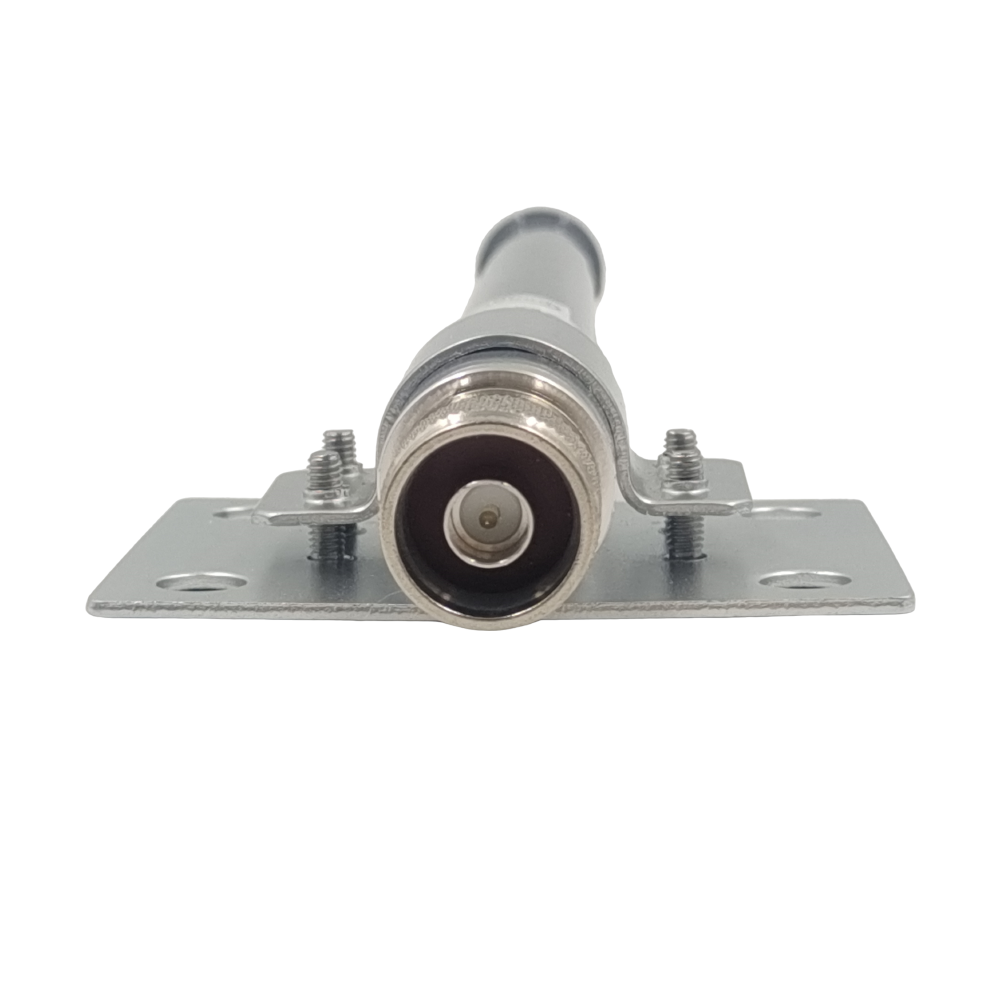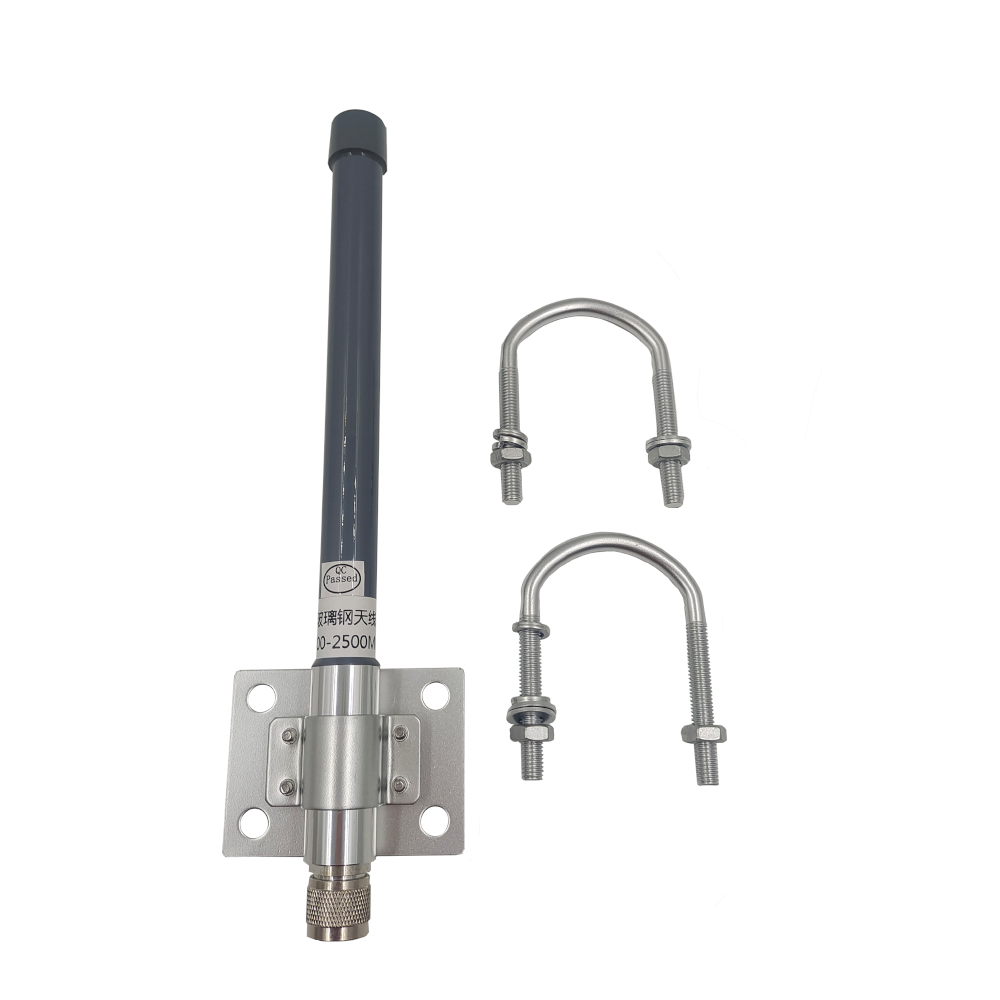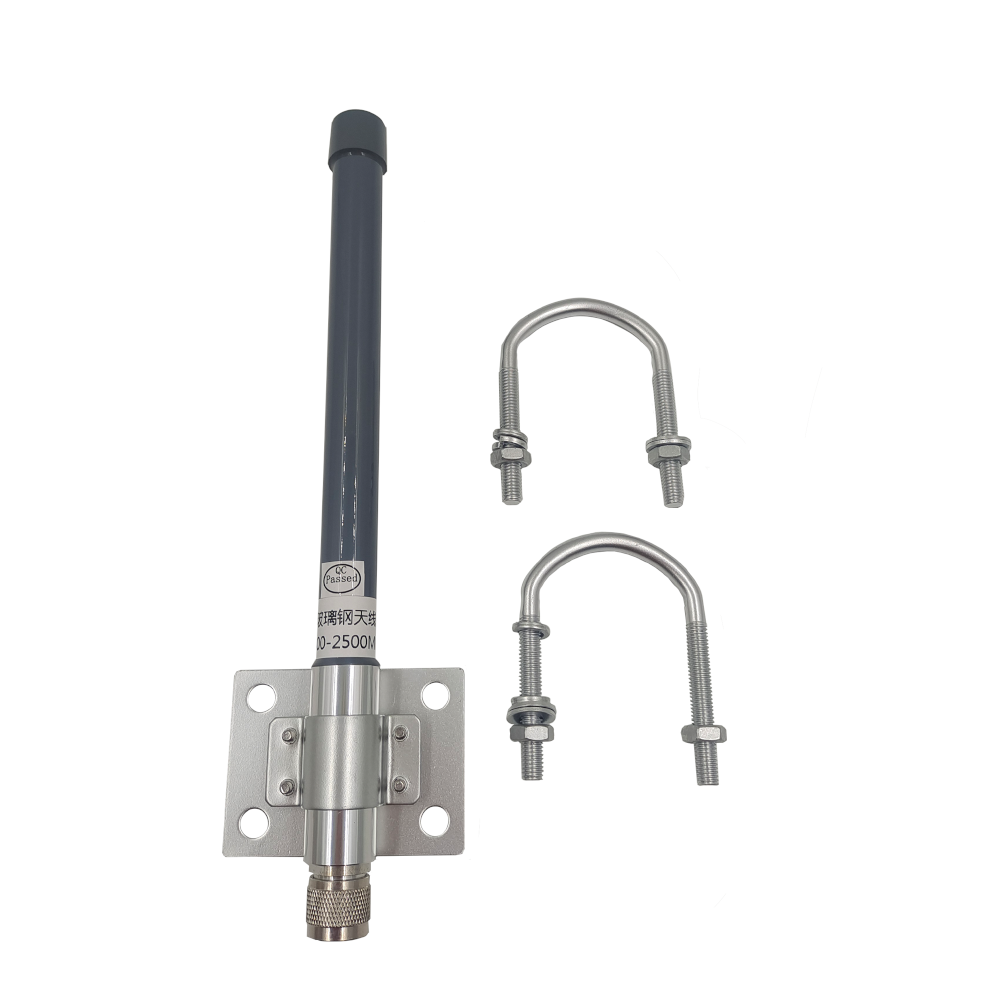The SMD GPS antenna is a foundational component of the location-aware revolution. Its small size, low cost, and ease of integration have made GNSS technology ubiquitous across a staggering array of industries and consumer products. The applications are vast and growing, while future trends point towards even greater integration and performance.
Current Applications:
Consumer Electronics:
Smartphones and Tablets: The largest volume application. Provides location for navigation, geotagging, and location-based services.
Wearables: Fitness trackers and smartwatches (e.g., Garmin, Apple Watch) use them to track runs, cycles, and swims (in devices designed for it).
Cameras and Drones: Digital cameras use them for geotagging photos. Drones rely on them for precise positioning, hovering, and autonomous flight navigation.
Automotive and Telematics:
In-Vehicle Systems: Used for in-dash navigation systems, emergency eCall systems, and stolen vehicle tracking.
Telematics: Fleet management systems use SMD antennas in small dongles and trackers to monitor the location, speed, and routing of trucks and delivery vehicles. Usage-based insurance (UBI) devices also employ them.
Internet of Things (IoT) and M2M:
Asset Tracking: Small, battery-powered trackers attached to cargo containers, pallets, and high-value assets to provide global location data via cellular or satellite networks.
Smart Agriculture: GNSS guides tractors for precision planting and harvesting. Small sensors use it to tag data with location.
Industrial Monitoring: Sensors monitoring infrastructure (e.g., pipelines, electrical grids) often tag their readings with precise location and time stamps.
Personal and Pet Tracking: Small, lightweight tags that can be attached to a keychain, placed in a backpack, or on a pet's collar to allow owners to locate them via a smartphone app.
Future Trends:
Multi-Band and High-Precision GNSS:
The next generation of devices requires support for multiple frequencies (L1, L2, L5) from multiple constellations (GPS, Galileo, GLONASS, BeiDou). Using two frequencies allows the receiver to correct for ionospheric delay, enabling centimeter-level accuracy. Future SMD antennas will need to evolve from narrowband L1 patches to wider bandwidth designs that can cover from 1176 MHz (L5) to 1602 MHz (GLONASS L1) efficiently.
Tighter Integration: AiP (Antenna-in-Package) and AiM (Antenna-in-Module):
The trend is towards even greater integration. The next step is to move the antenna from being a discrete SMD component to being integrated into the same package as the GNSS receiver chip itself (AiP) or into a larger module that contains the receiver, memory, and other components (AiM). This saves further space and simplifies the PCB layout process even more, though it introduces new challenges in isolating the antenna from the noise of the digital IC.
Improved Resilience to Detuning:
Research is focused on making antennas more immune to their environment. Techniques include:
Reconfigurable Antennas: Using tunable components (like varactor diodes or RF switches) to dynamically adjust the antenna's resonant frequency if it is detuned by the presence of a hand or metal surface.
Field-Decoupling Techniques: Designing the antenna's structure to minimize currents induced on the device's ground plane, making its performance less dependent on ground plane size and nearby objects.
Hybrid Positioning Antennas:
As 5G evolves, a key trend is 5G positioning to complement GNSS, especially indoors and in urban canyons where satellite signals are weak. Future SMD antennas may be designed as multi-function components that can operate effectively across both GNSS and 5G positioning bands, all within a single footprint.
Enhanced Filtering for Coexistence:
Devices are becoming more crowded with radios (5G, WiFi 6E/7, Bluetooth, UWB). The RF environment is increasingly noisy. Future SMD GPS antennas will require even more robust and selective filtering integrated directly alongside the LNA to reject this powerful interference and prevent jamming of the sensitive GNSS receiver.
The SMD GPS antenna will continue to be a critical enabling technology. Its future is not one of replacement but of evolution—becoming more integrated, more intelligent, more broadband, and more resilient, continuing to provide the vital link to satellite constellations for an ever-expanding universe of connected devices.
Conclusion
The SMD GPS antenna is a quintessential example of how technological evolution driven by the demands of miniaturization and mass production can yield a component that is both highly sophisticated and deceptively simple in its final application. It represents the culmination of advancements in ceramic materials, microwave engineering, semiconductor design, and automated manufacturing, all converging to solve a critical problem: how to hear whispers from space from within the confines of a pocket-sized electronic device.
From its overview as a complete integrated subsystem to the intricacies of its design centered on a high-dielectric ceramic resonator, the SMD antenna is a masterpiece of RF engineering. Its working principle hinges on the critical act of immediate signal amplification at the feed point, a strategy that preserves the precious signal-to-noise ratio of the incredibly weak GNSS signals. This core function is what enables everything that follows in the receiver chain.
The advantages it offers—unmatched compactness, manufacturing efficiency, cost-effectiveness, and reliability—are so compelling that it has become the undisputed standard for integrating GNSS functionality into virtually every consumer and industrial product imaginable. It has democratized access to precise positioning and timing, enabling innovations from fitness tracking to autonomous systems.
However, as detailed, its integration is not without challenges. Its performance is inextricably linked to the design of the product it is placed within. The absolute necessity of a proper ground plane and a thoughtful layout cannot be overstated; failure to adhere to these RF principles results in a non-functional GPS feature, a costly mistake in any product development cycle. Furthermore, its inherent limitations in bandwidth and gain, alongside its sensitivity to the operating environment, define the boundaries within which it operates best.
Looking forward, the SMD GPS antenna is not a static technology. The trends are clear: it will evolve to support the demands for higher precision through multi-band operation, become even more integrated through AiP and AiM technologies, and grow smarter with features like reconfigurability to combat real-world detuning. It will remain at the forefront, enabling new applications in the IoT, automotive, and consumer spaces.
In conclusion, the SMD GPS antenna is far more than a simple component. It is a vital bridge between the physical world and the digital realm of location data. Its successful implementation is a key differentiator in product design, balancing the competing demands of performance, size, cost, and time-to-market. As our world becomes ever more connected and location-aware, this small, unassuming ceramic block will continue to play an indispensable role in guiding the way.




































































 Language
Language
 En
En Cn
Cn Korean
Korean

 Home >
Home > 







 18665803017 (Macro)
18665803017 (Macro)













